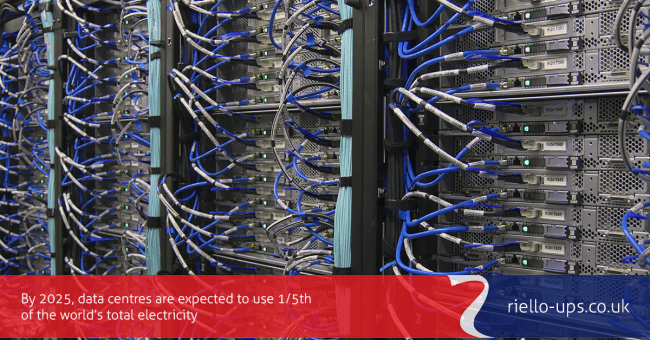We explain how data centre battery storage has a pivotal part to play in balancing the nation’s future electricity needs.
It’s clear that data centre operators have certain reservations about the benefits of energy storage and harnessing the power of their UPS system batteries.
 The reasons are obvious: placing additional stress on their critical power protection; the rewards don’t outweigh the risks; a general lack of knowledge and understanding.
The reasons are obvious: placing additional stress on their critical power protection; the rewards don’t outweigh the risks; a general lack of knowledge and understanding.
However, each of these arguments has a robust counter-argument.
And our General Manager Leo Craig was very happy to make the case as part of the Data Centre Alliance’s latest expert panel.

What Does Data Centre Battery Storage Involve?
Writing for the winter edition of industry outlet Data Centre Management (DCM), he spells out the increasing availability of lithium-ion UPS batteries.
Compared to the more traditional sealed lead acid batteries found in UPS systems, Li-ion offers several advantages.
These include longer lifespan, less space and weight, and faster recharge.
This makes them ideal for participating in battery storage without compromising on a UPS system’s primary role of emergency backup.
Leo outlines some of the possibilities of combining on-site power generation with battery storage offer.

Whether it’s demand side response, which helps balance the main electricity network or breaking away from the National Grid completely by going off grid, the opportunities are growing.
With data centres set to use a fifth of the world’s energy midway through the next decade, the sector can’t afford to ignore ways to improve efficiency and lower its reliance on the mains supply.
Barriers to participating in UPS battery storage are being broken down. So data centre operators are left with little option but to join the energy revolution.
Click here to read the DCA Panel’s ‘Powering Your Data Centre’ pull-out in the winter edition of DCM



